Ottawa is the capital city of Canada, founded in 1826 as Bytown, and incorporated as “Ottawa” in 1855, the city has evolved into a political and technological centre of Canada.The city is the most educated in Canada,with several post-secondary, research, and cultural institutions. Ottawa also has the highest standard of living in the nation and low unemployment. It ranks 2nd out of 150 worldwide in the Numbeo quality of life index, and it contains a UNESCO World Heritage Site.
With the draining of the Champlain Sea around 10,000 years ago the Ottawa Valley became habitable.[15] The area was used for wild edible harvesting, hunting, fishing, trade, travel, and camps for over 6500 years by local populations. The Ottawa river valley has archaeological sites with arrow heads, pottery, and stone tools. The area has three major rivers that meet, making it an important trade and travel area for thousands of years.The Algonquins called the Ottawa River Kichi Sibi or Kichissippi meaning “Great River” or “Grand River”.
Étienne Brûlé, the first European to travel up the Ottawa River, passed by Ottawa in 1610 on his way to the Great Lakes.Three years later, Samuel de Champlain wrote about the waterfalls of the area and about his encounters with the Algonquins, who had been using the Ottawa River for centuries. The early explorers and traders were later followed by many missionaries. The first maps of the area used the word Ottawa to name the river.
Philemon Wright, a New Englander, created the first settlement in the area on 7 March 1800 on the north side of the river, across from Ottawa in Hull.He, with five other families and twenty-five labourers,set about to create an agricultural community called Wrightsville. Wright pioneered the Ottawa Valley timber trade (soon to be the area’s most significant economic activity) by transporting timber by river from the Ottawa Valley to Quebec City.
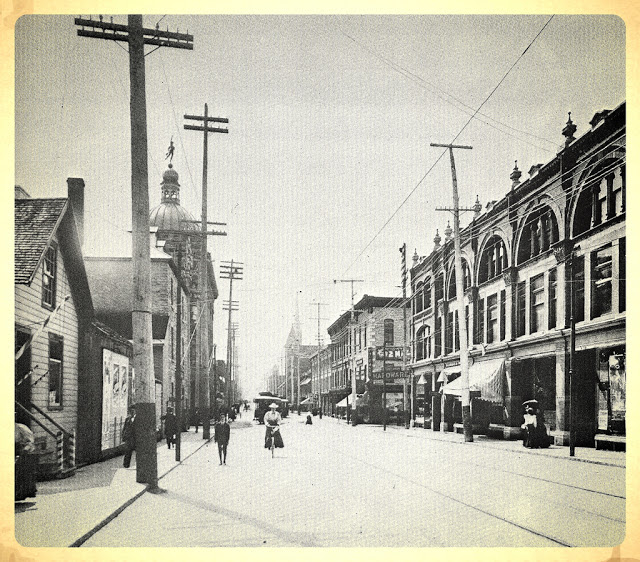
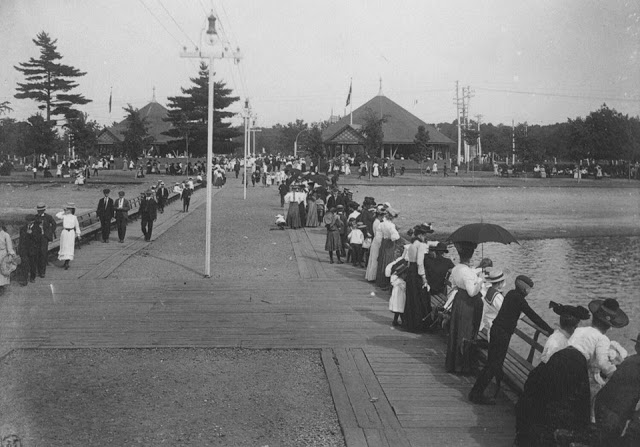
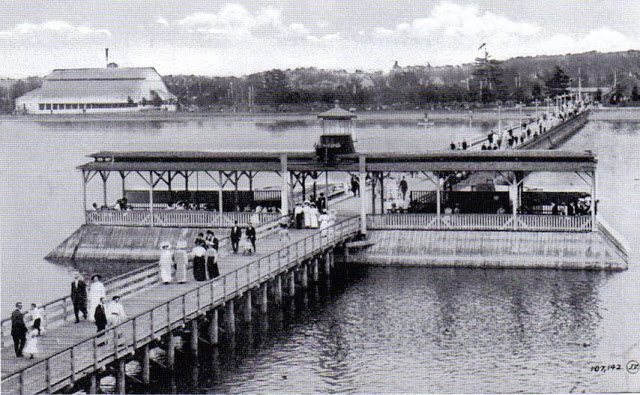
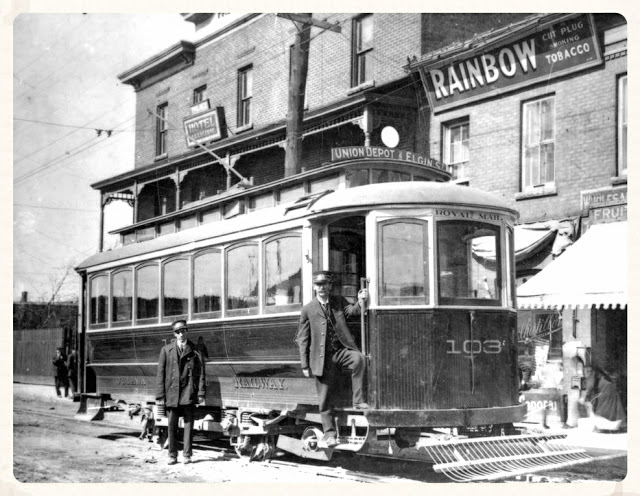
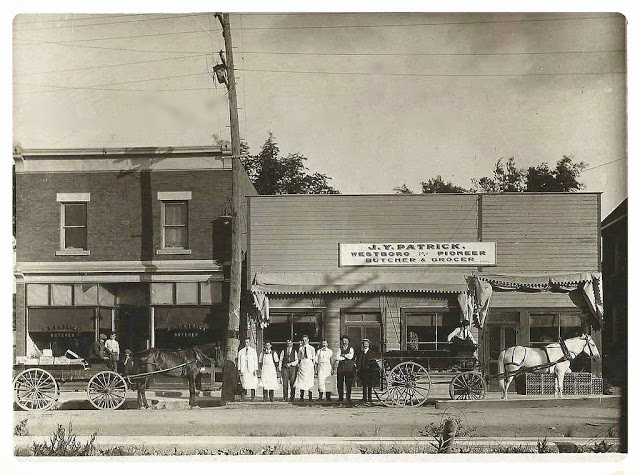
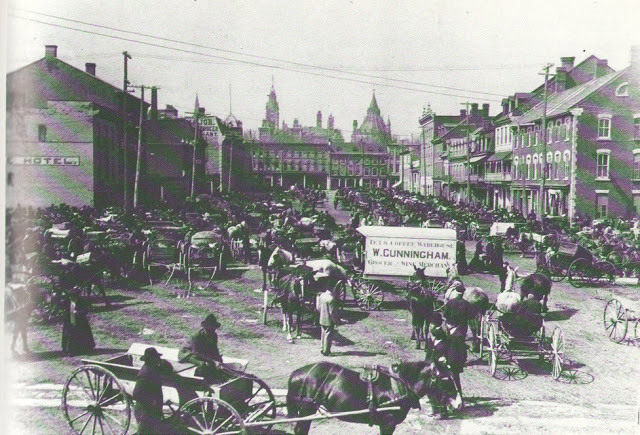
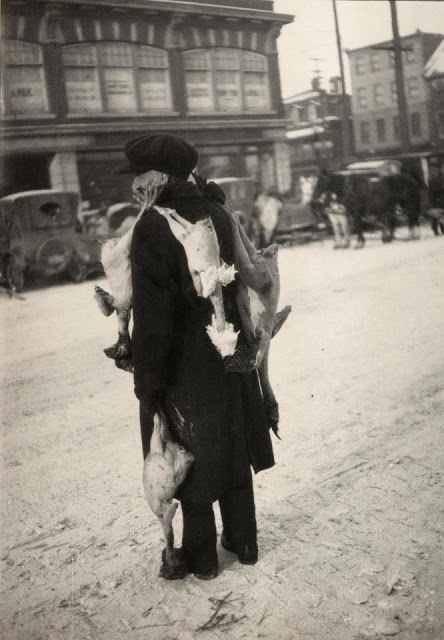
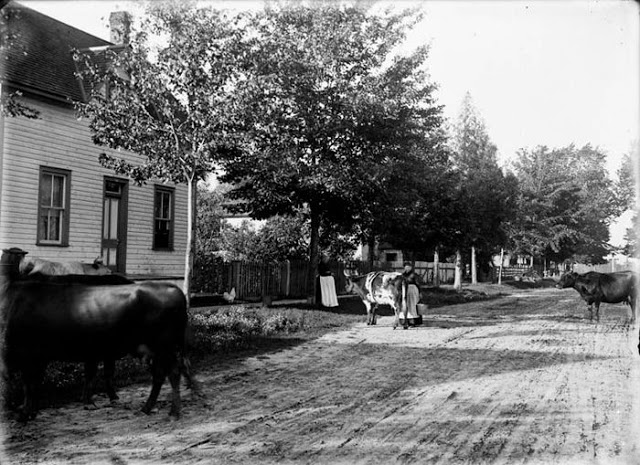
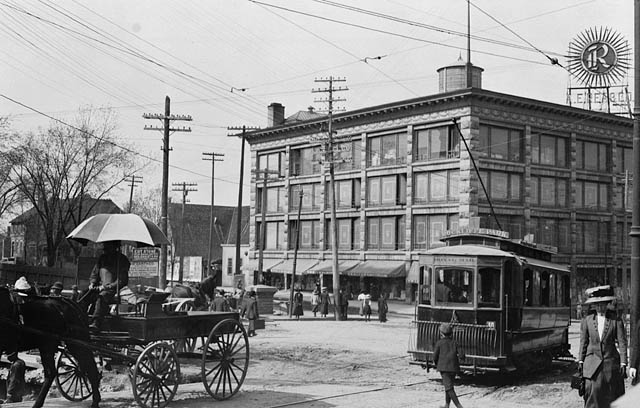
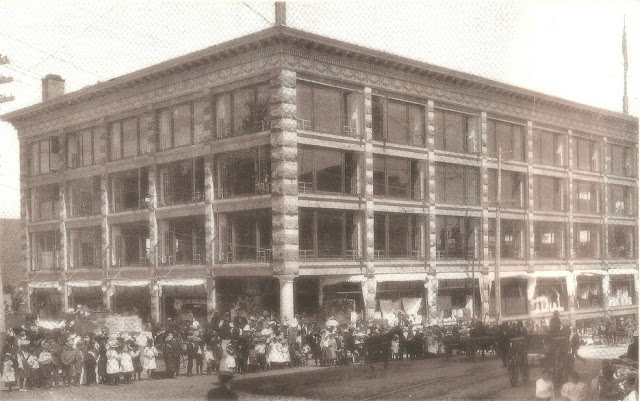
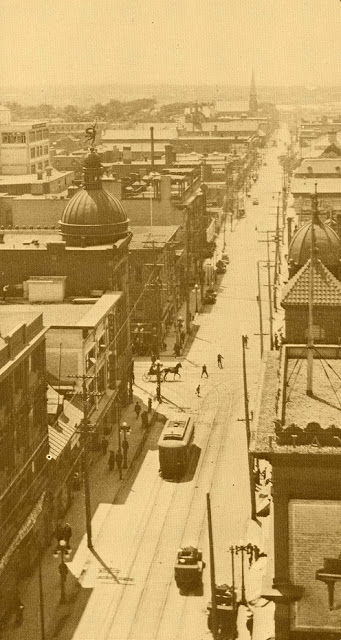
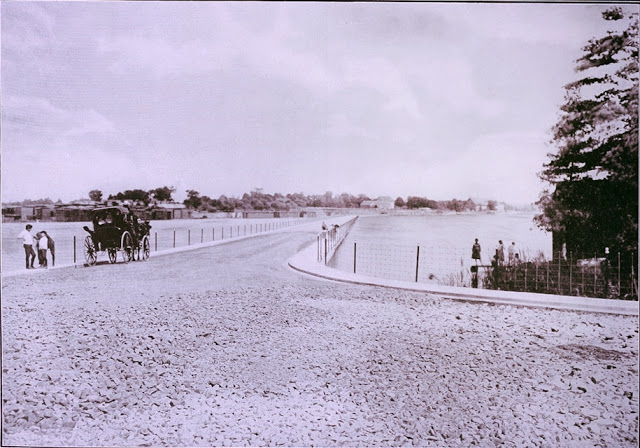
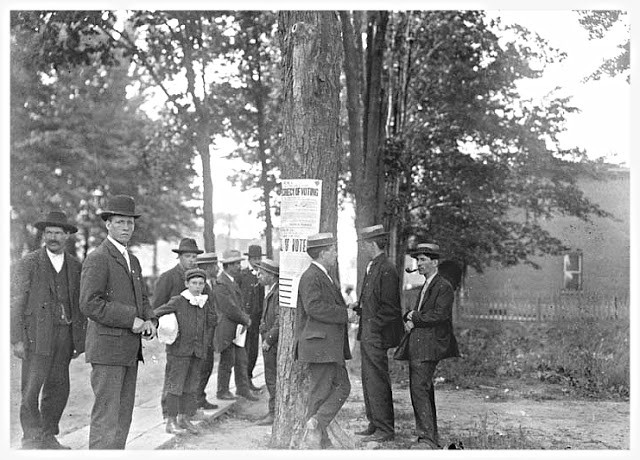
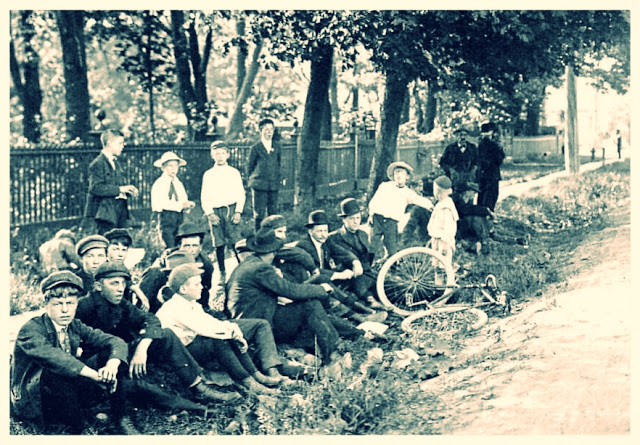
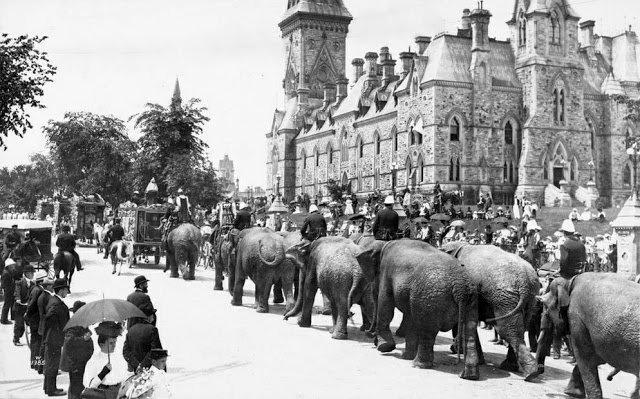
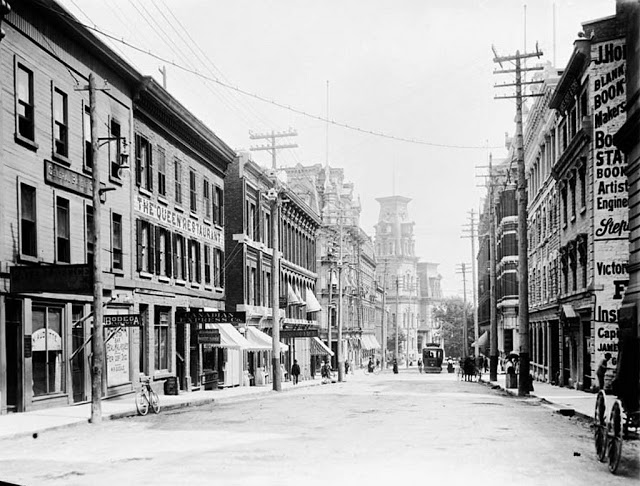
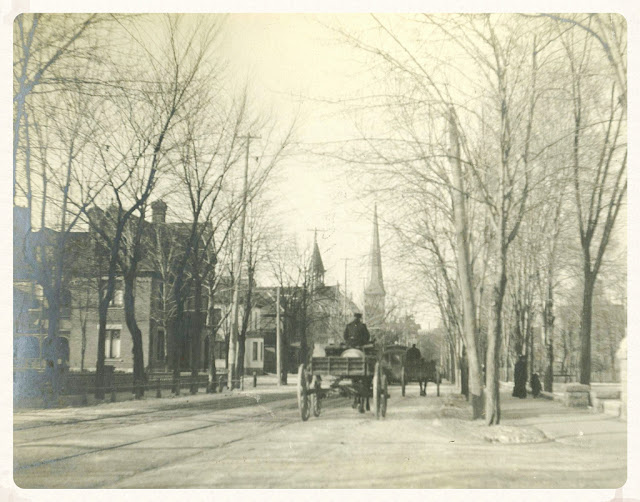
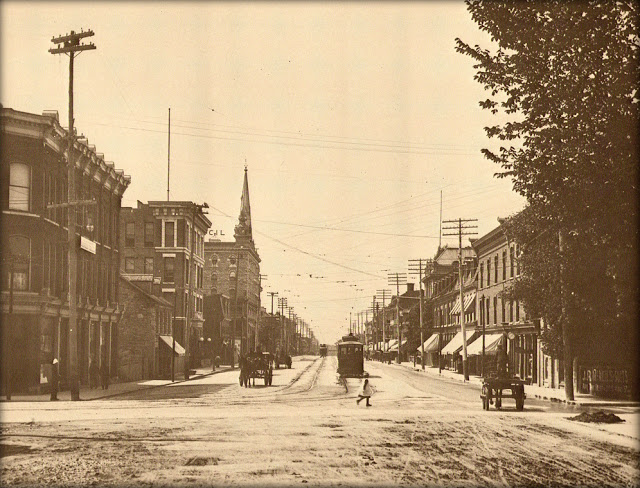
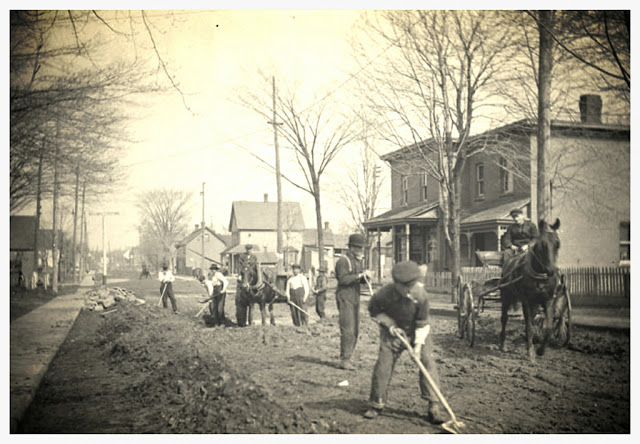
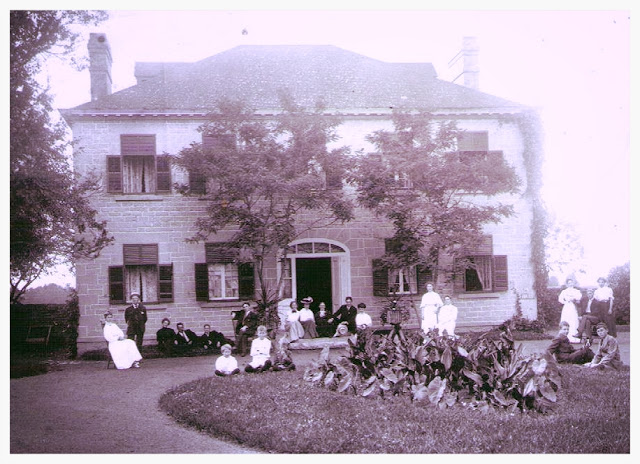
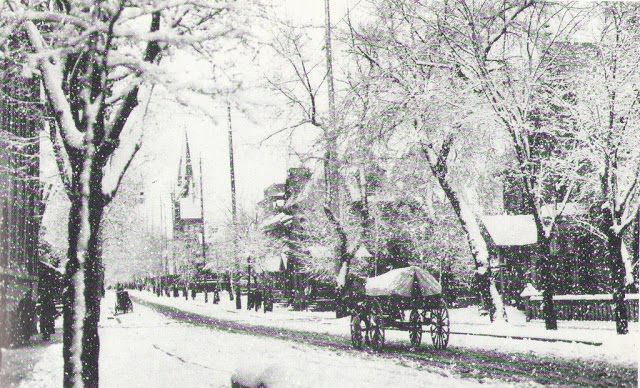
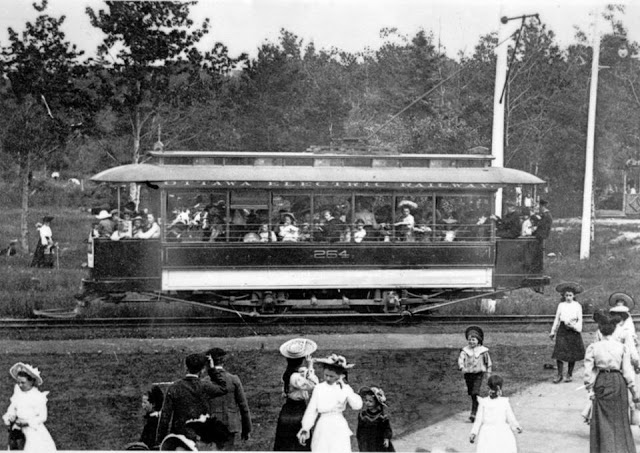
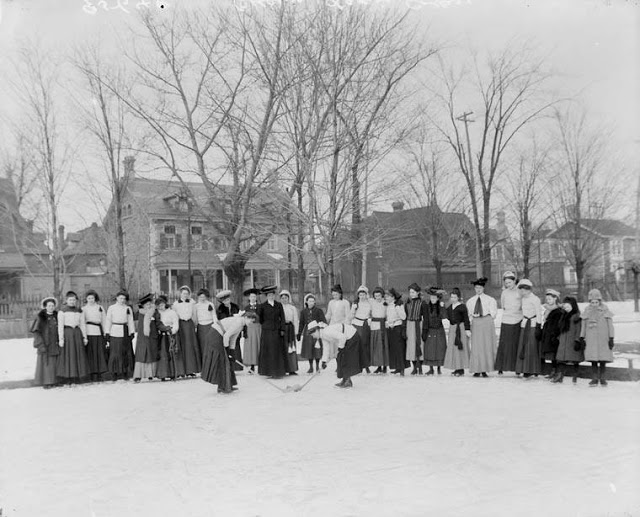
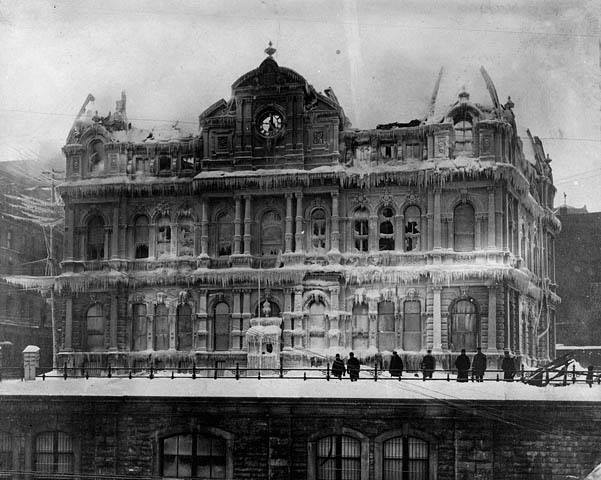
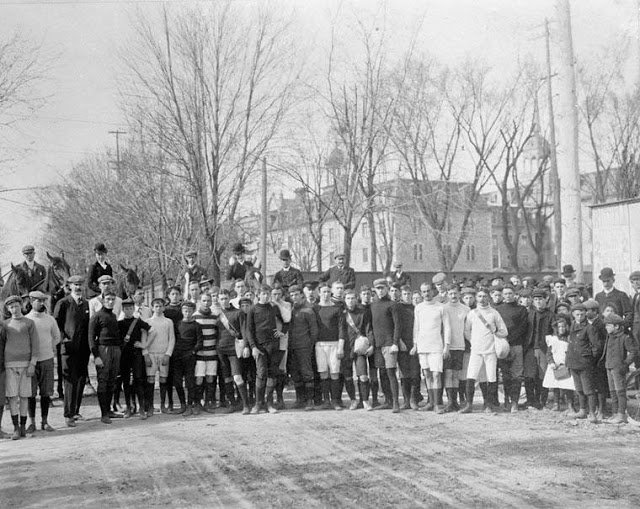
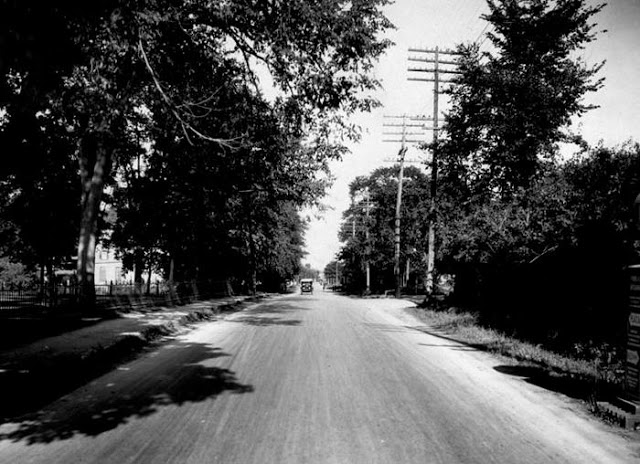
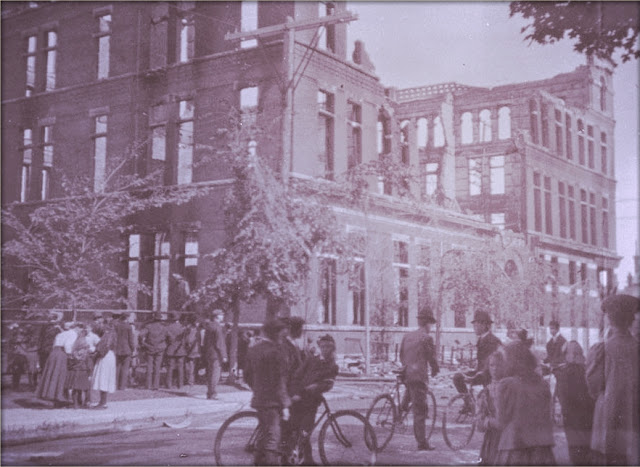
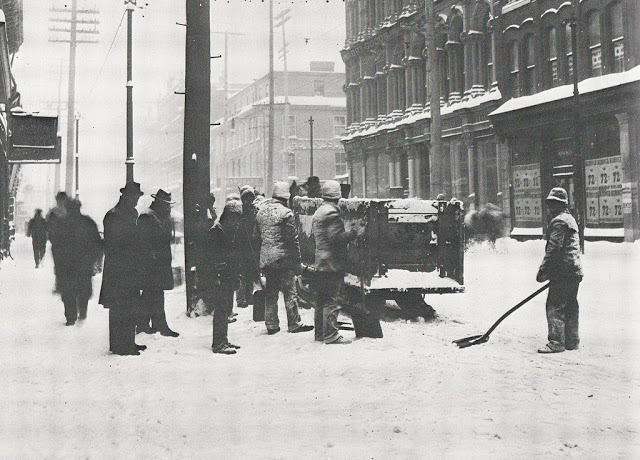
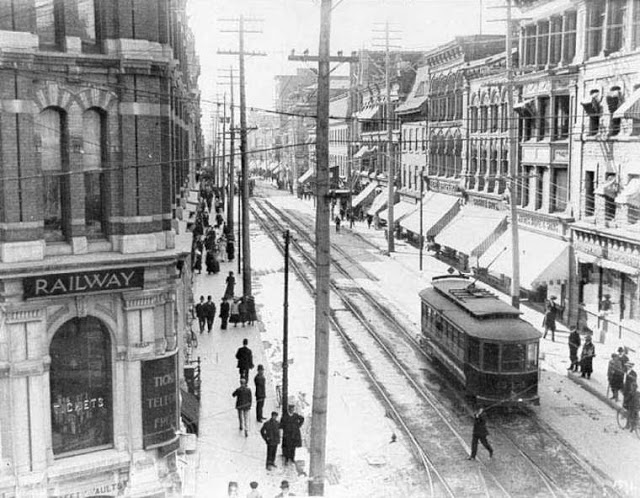
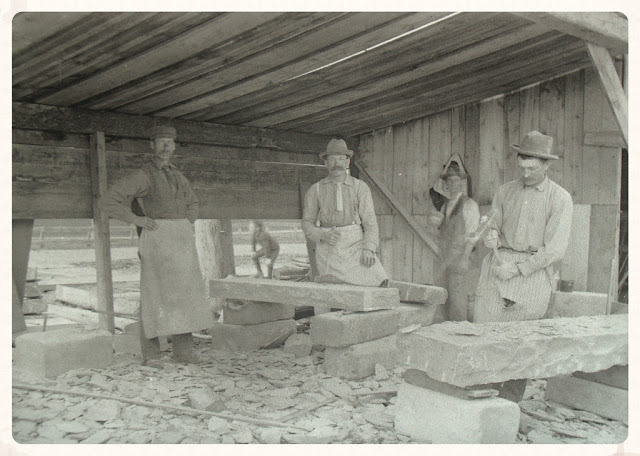
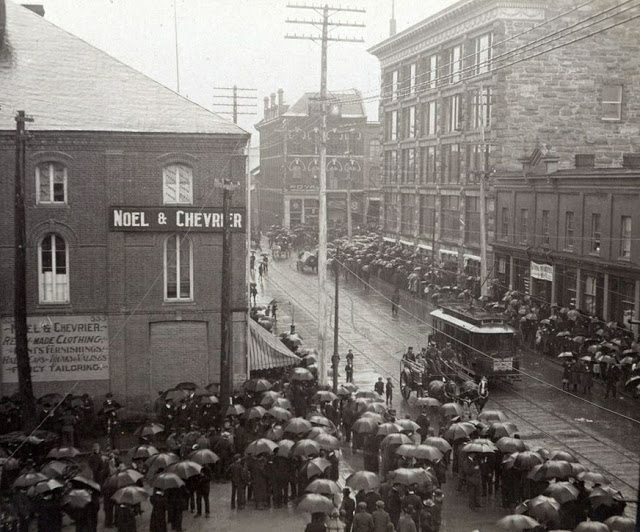
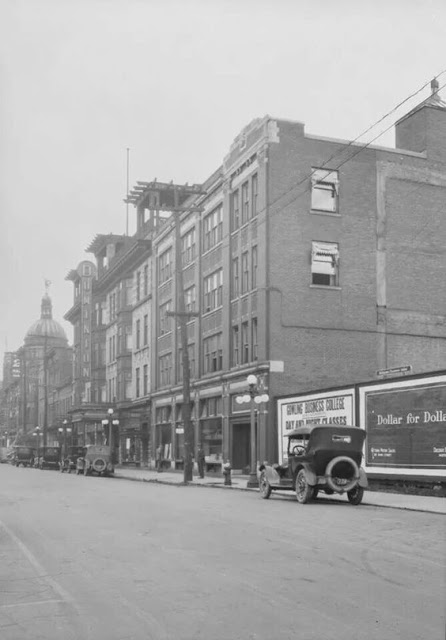
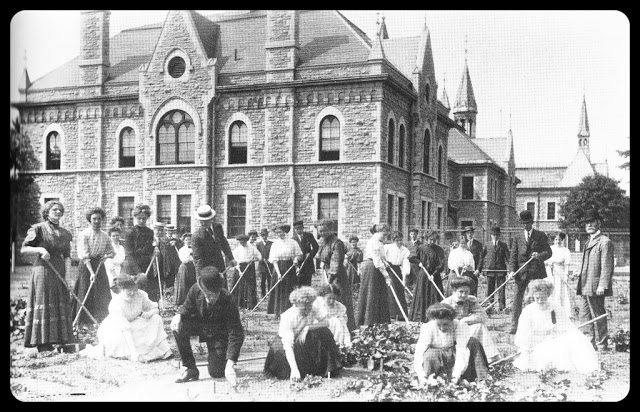
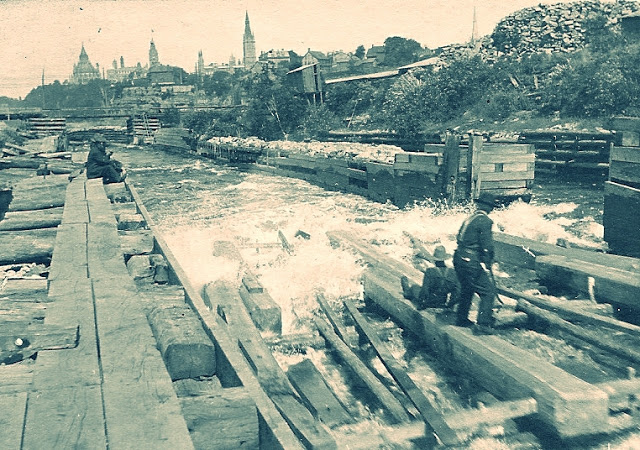
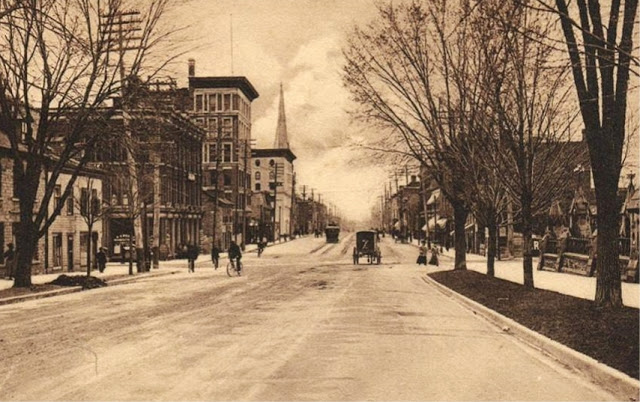
Photos from Ross Dunn